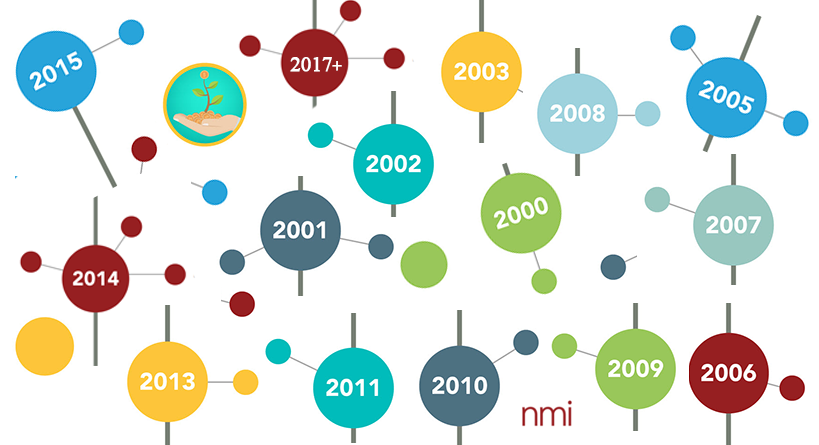NMI Payment Processing Technology
The payment processor that you choose can make a big difference.

Understanding Europay, Mastercard and Visa Technology:
2000
In the midst of explosive growth in ecommerce, online retailers are taking payments in an atmosphere that hasn’t had time to adjust to the pitfalls of large-scale exchanges of sensitive payment data. Merchants begin to experience the effects of payment fraud and turn to their merchant service providers for help. ISOs, in turn, scour the market for an effective security solution, but find none.
2001
The founders of NMI are sought out by an ISO looking for technology to protect its merchants from fraudsters. The founders don’t possess this technology at the time, but see how great the need is, so they decide to develop the technology from the ground up.
After working around the clock for months, NMI releases its breakthrough fraud scrubbing technology, iSpyFraud. It gains traction in the ISO market due to its ability to protect their merchants from fraudsters, but NMI can see something is missing.
2002
The missing piece, NMI realizes, is a payment gateway that would give ISO’s merchants a comprehensive payment processing platform, combined with the added layer of security provided by iSpyFraud.
2003
NMI’s innovative payment gateway is launched, with the platform’s development taking into account what NMI has come to learn about the marketplace: ISOs wanted technology they could offer to merchants as their own, technology that would lend them the control they desired and simultaneously allow them to do what they did best, which was market and sell to merchants. With that knowledge in mind, NMI’s payment gateway caters to the needs of merchant service providers, rather than merchants, and the company never wavers from that value proposition.
2005
NMI becomes one of the first payment gateways to qualify for the industry’s highest-level security requirements and achieves PCI compliance. Engineers begin work on several new proprietary tools to flesh out the gateway, including a sophisticated load-balancing system.
NMI expands significantly, going from 10 to 40 processors.
2006
The core functionality of the gateway is improved, with engineers adding solutions for recurring billing, batch upload, APIs, new shopping cart integrations, a proprietary free shopping cart, and cardholder authorization.
2007
NMI, which had been growing organically on the strength of its product offering and word-of-mouth marketing alone, hires its first sales person.
2008
NMI unveils Customer Vault, technology designed to allow merchants to access encrypted customer payment data without exposing themselves to potential security breaches. At the time of this launch, NMI is one of the only payment gateway providers with a fully functional tokenization process; in the years following, tokenization becomes standard in the industry.
2009
NMI expands into an additional data center to accommodate accelerated growth.
2010
Mobile payments become more prevalent and NMI responds, enabling their partners to offer mobile payment processing via iProcess, a comprehensive solution for merchants who need to securely process transactions on-the-go.
2011
Continued company growth necessitates an office expansion in Roselle, IL.
2013
NMI receives an investment that values the company at nearly $200 million.
2014
Roy Banks and Kyle Pexton join NMI as CEO and CFO, respectively. The pair had previously worked together in executive roles at Authorize.net and Accelerated Payment Technologies, with both companies rising rapidly to prominent positions in the payment industry.
In anticipation of the upswing in consumer use of Apple Pay, NMI adds support for Apple Pay to the platform.
NMI opens a new office in Pleasant Grove, Utah.
2015
To prepare for the liability shift occurring in October 2015, NMI readies the platform for merchants to accept EMV chip cards.
Source: nmi.com
